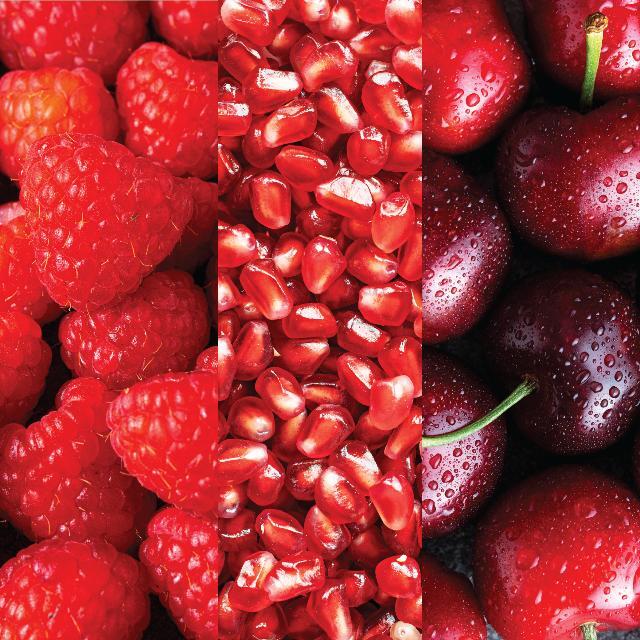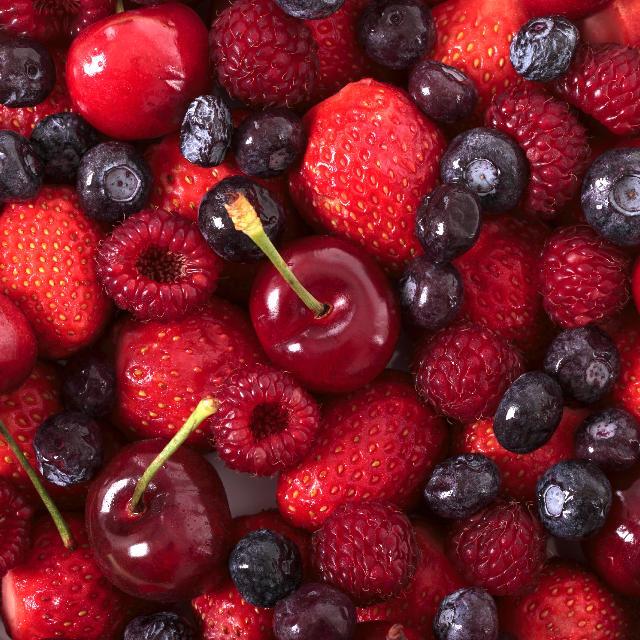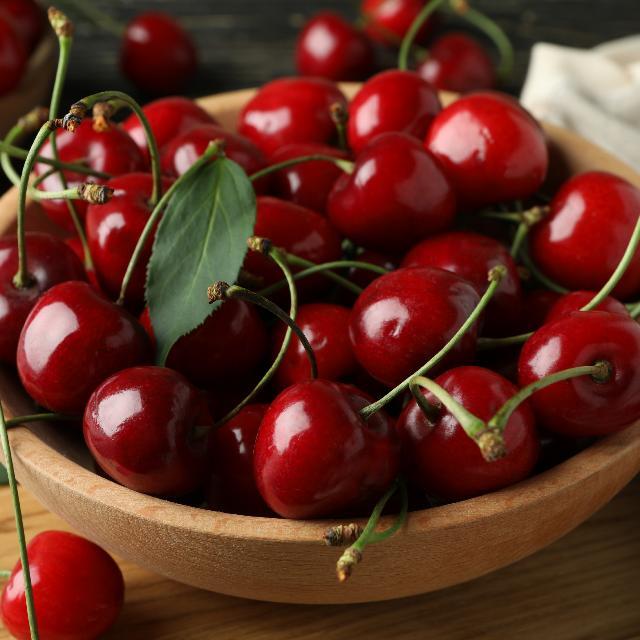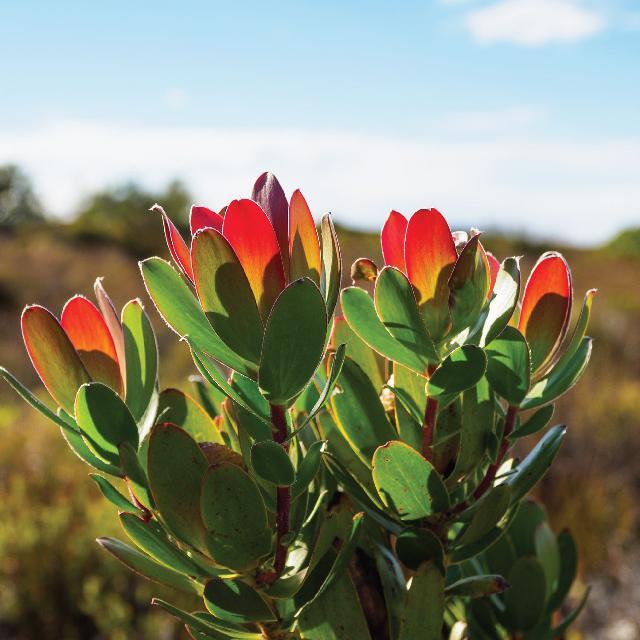Light and bright red in the glass. The nose has abundant red fruit, berries and cherry notes with hints of subtle herby Fynbos. The palate is fresh and youthful with juicy red fruit, layered with a sprinkle of spice on the finish. Light bodied, yet complex with some grit from the inclusion of stems and perfumey expression of the complex vineyard site interplanted with indigenous fynbos. Enjoy now or mature for up to 3 years. Can be served slightly chilled on hot days.
The fruit was hand-harvested in the early morning and brought to the cellar at optimal coolness. 20% whole bunches were thrown into the bottom of the foudre (open-top French oak barrels) and the rest of the grapes were sorted and destemmed on top. The grapes were then allowed to cold soak for a day before fermentation was initiated in the foudre. Thereafter, the grapes were punched down twice daily, with aeration as needed. After the peak of fermentation, the wine was only pumped over once a day until fermentation was completed. The wine was then basket pressed and transferred to older French oak barrels for malolactic fermentation and allowed to mature for a further 9 months. After final barrel selection, the wine was assembled, settled and lightly filtered before being bottled.
Winemaker: Boela Gerber
Winemaker: Boela Gerber
Fairview is a working farm, housing a collection of micro-businesses all sharing in a common goal – to craft artisanal and sustainable produce, with a focus on fine wine and cheese. Everything they do is driven by their philosophy of being honest, honoring their heritage and ensuring their ingenuity. Eager to explore a wider range of wines using grapes grown in optimal conditions, Charles Back abandoned the estate wine concept in the 1980s, choosing rather to “go where the terroir is”. Today, they are one of the few farms that proudly own all their own vineyards, with land in Paarl, Darling, Swartland and Stellenbosch.











